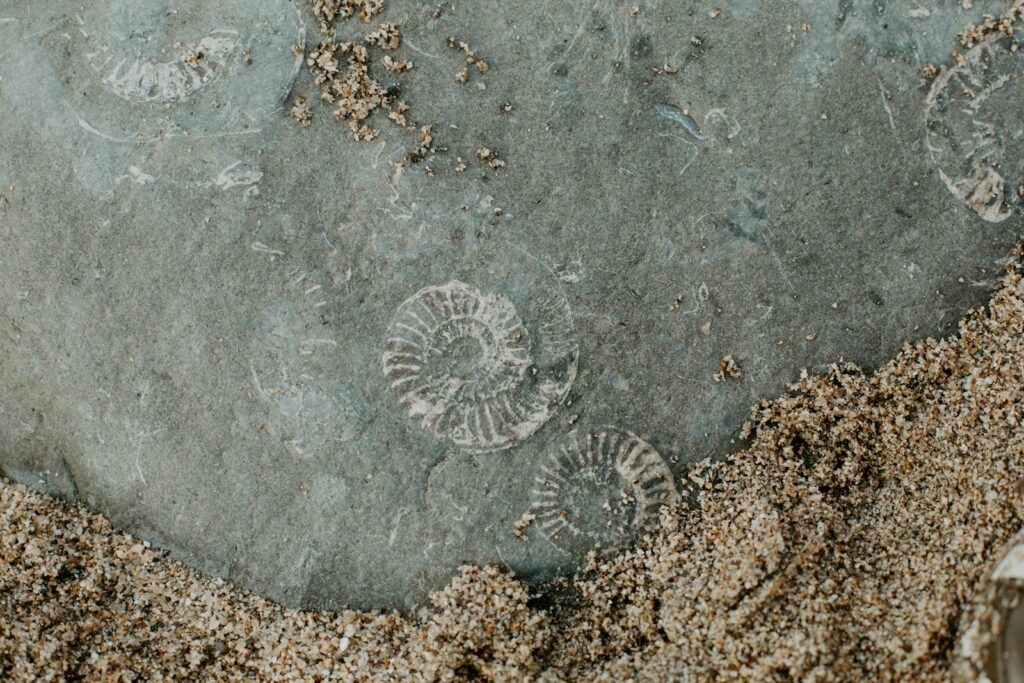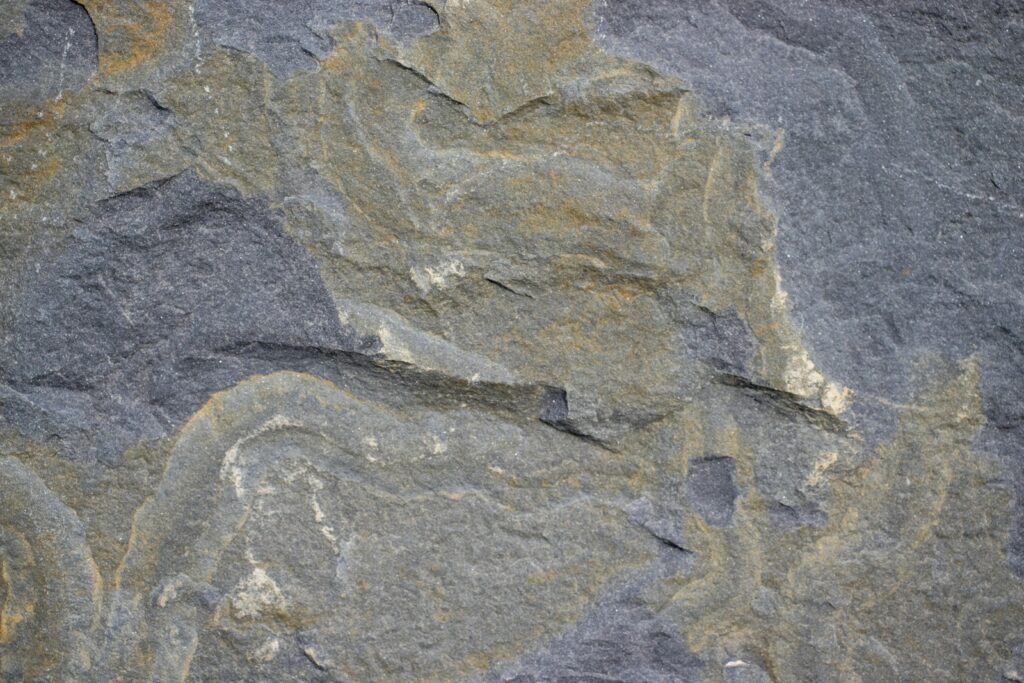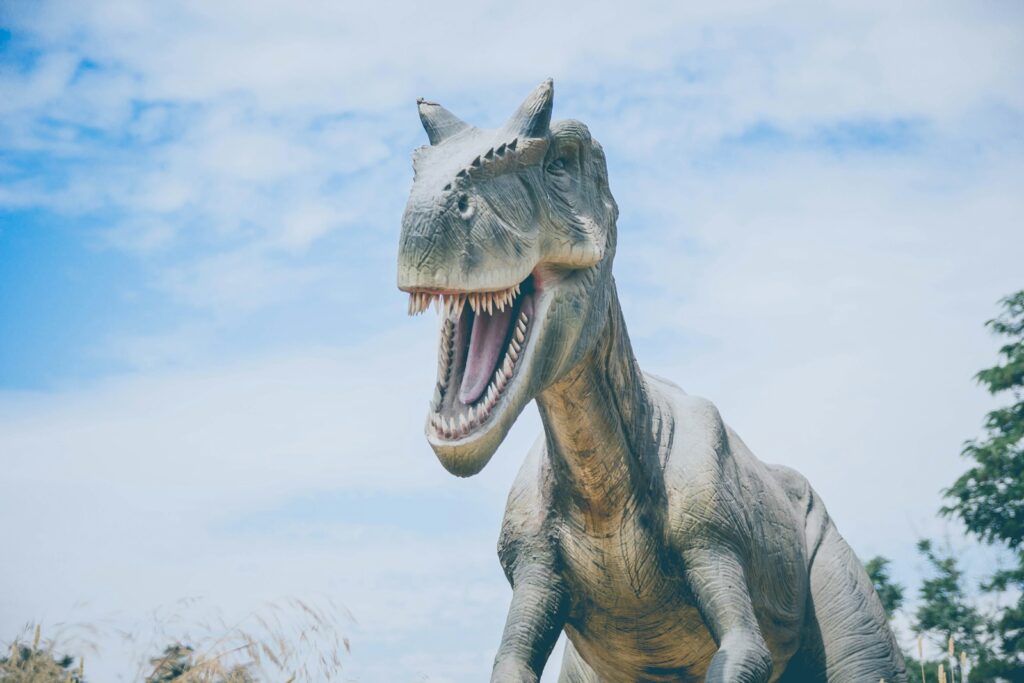Imagine walking across a seemingly barren landscape, kicking at dried mud and weathered stones, only to stumble upon the perfectly preserved remains of creatures that lived millions of years ago. This isn’t science fiction – it’s the reality of fossil hunting in ancient riverbeds and dry lake beds, where some of the most spectacular paleontological discoveries have been made. These geological time capsules have yielded treasures that rewrite our understanding of prehistoric life, from delicate fish skeletons to massive dinosaur bones that tell stories of ancient ecosystems.
The Messel Pit’s Perfectly Preserved Paradise
Deep in Germany’s Messel Pit, researchers uncovered what can only be described as a fossil paradise frozen in time. This ancient lake bed, dating back 47 million years, has yielded some of the most perfectly preserved fossils ever discovered. The site’s unique preservation conditions created an oxygen-free environment that prevented decay, leaving us with specimens so detailed you can see the contents of prehistoric stomachs and even individual feathers.
Among the most famous discoveries is Ida, a nearly complete primate fossil that sparked debates about human evolution. The specimen was so well-preserved that scientists could identify its last meal – grapes and leaves still visible in its stomach cavity. This level of preservation gives us unprecedented insight into the daily lives of creatures from the Eocene epoch.
China’s Liaoning Province: The Feathered Dragon Cemetery
The ancient lake beds of Liaoning Province in China have revolutionized our understanding of dinosaur evolution, particularly the connection between dinosaurs and birds. These 125-million-year-old deposits have preserved feathers, skin, and even internal organs in remarkable detail. The fine-grained sediments acted like nature’s photograph, capturing creatures in their final moments with stunning clarity.
Sinosauropteryx, the first dinosaur discovered with preserved feathers, emerged from these deposits in the 1990s. Scientists could determine not only that it had feathers but also their color – a reddish-brown hue with striped patterns. This discovery shattered the traditional image of scaly, reptilian dinosaurs and opened our eyes to a world of colorful, feathered giants.
Green River Formation: America’s Fossil Fish Factory
Stretching across Wyoming, Colorado, and Utah, the Green River Formation represents one of the world’s most productive fossil fish localities. These ancient lake beds, formed 50 million years ago, contain layers upon layers of perfectly preserved fish fossils. The seasonal variations in the lake created distinct bands in the rock, allowing scientists to read the geological record like pages in a book.
Diplomystus and Knightia, two of the most common fish species found here, often appear in mass mortality events preserved in single slabs. These “fish kills” provide snapshots of ancient ecological disasters, possibly caused by volcanic ash falls or sudden temperature changes. The preservation is so exceptional that scales, fins, and even stomach contents remain intact after millions of years.
Solnhofen Limestone: The Archaeopteryx Treasure Trove
Bavaria’s Solnhofen Limestone quarries have produced some of paleontology’s most significant discoveries, including the world-famous Archaeopteryx fossils. These Jurassic-age lagoon deposits preserved creatures in exquisite detail, creating what scientists call “plattenkalk” – beautifully layered limestone slabs that split to reveal ancient life.
The first Archaeopteryx specimen, discovered in 1861, provided crucial evidence for Darwin’s theory of evolution just two years after “On the Origin of Species” was published. This “missing link” between dinosaurs and birds showed clear feather impressions alongside reptilian features like teeth and a long bony tail. The limestone’s fine grain captured every detail, from individual feather barbs to the creature’s skeletal structure.
Hell Creek Formation: T-Rex’s Final Resting Ground
The ancient river channels and floodplains of the Hell Creek Formation in Montana and the Dakotas tell the dramatic story of life just before the mass extinction that ended the age of dinosaurs. These 66-million-year-old deposits have yielded some of the most complete Tyrannosaurus rex skeletons ever found, including the famous “Sue” specimen.
What makes these fossils particularly fascinating is their timing – they represent the last chapter of the dinosaur story. The river sediments buried these giants quickly, preventing scavengers from disturbing the remains. Scientists have found T-rex specimens with preserved soft tissues, bite marks from other predators, and even evidence of diseases that affected these apex predators in their final days.
Burgess Shale: The Cambrian Explosion Captured
High in the Canadian Rockies, the Burgess Shale preserves one of evolution’s most important chapters – the Cambrian Explosion. These 508-million-year-old mudstone deposits contain soft-bodied organisms that would normally decay without a trace. The rapid burial in fine sediments created an anaerobic environment that preserved even the most delicate structures.
Creatures like Wiwaxia, covered in scales and spines, and the bizarre Hallucigenia, with its protective spikes, showcase the experimental nature of early animal evolution. These fossils reveal a world where life was testing countless body plans, many of which have no modern equivalents. The preservation is so remarkable that scientists can study the internal anatomy of creatures that lived half a billion years ago.
Jehol Biota: The Cretaceous Pompeii
Northeast China’s Jehol Biota represents what paleontologists call a “Cretaceous Pompeii” – a snapshot of life from 133 to 120 million years ago, preserved by volcanic ash falls. These ancient lake deposits contain an incredible diversity of life, from tiny insects to massive dinosaurs, all buried in volcanic debris that created perfect fossilization conditions.
The site has yielded feathered dinosaurs like Microraptor, which had four wings and could glide between trees, and Sinornithosaurus, a venomous raptor with specialized teeth. The volcanic ash preserved colors, textures, and even microscopic details of cells and organelles. This level of preservation allows scientists to study not just what these creatures looked like, but how they lived, what they ate, and how they interacted with their environment.
Florissant Fossil Beds: Colorado’s Ancient Insect Archive
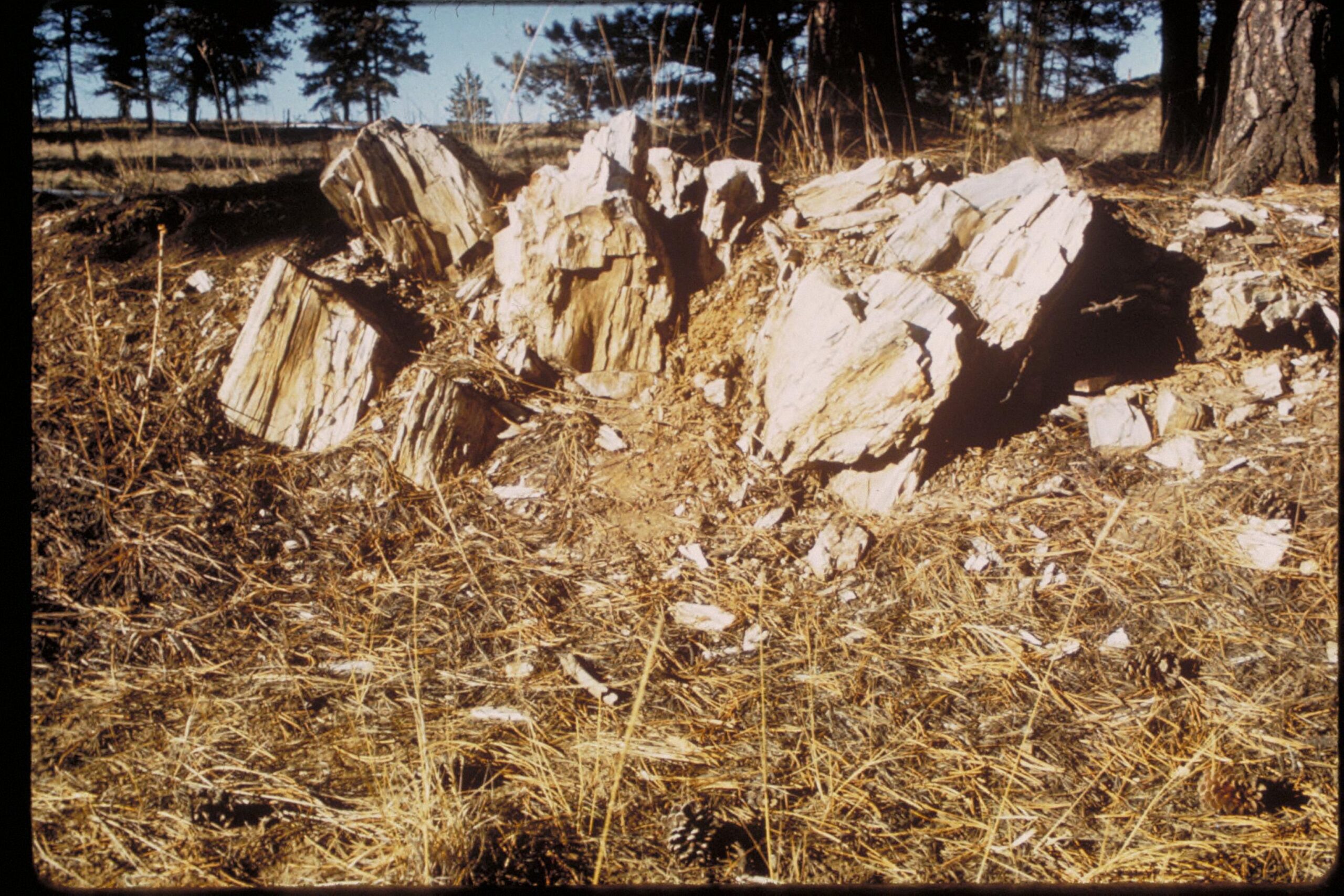
The Florissant Fossil Beds in Colorado preserve a 34-million-year-old ecosystem in stunning detail within ancient lake sediments. This site is particularly famous for its insect fossils, which are preserved with such clarity that scientists can identify species and study their behavior patterns. The fine volcanic ash that periodically covered the lake created perfect conditions for preservation.
Giant sequoia stumps, some over 10 feet in diameter, stand as silent monuments to the ancient forest that once surrounded this lake. Delicate butterfly wings, beetle carapaces, and even spider webs are preserved in the shale layers. The diversity is staggering – over 1,700 species have been identified, creating a detailed picture of life during the Oligocene epoch when Colorado’s climate was much warmer and more humid than today.
Santana Formation: Brazil’s Cretaceous Lagoon
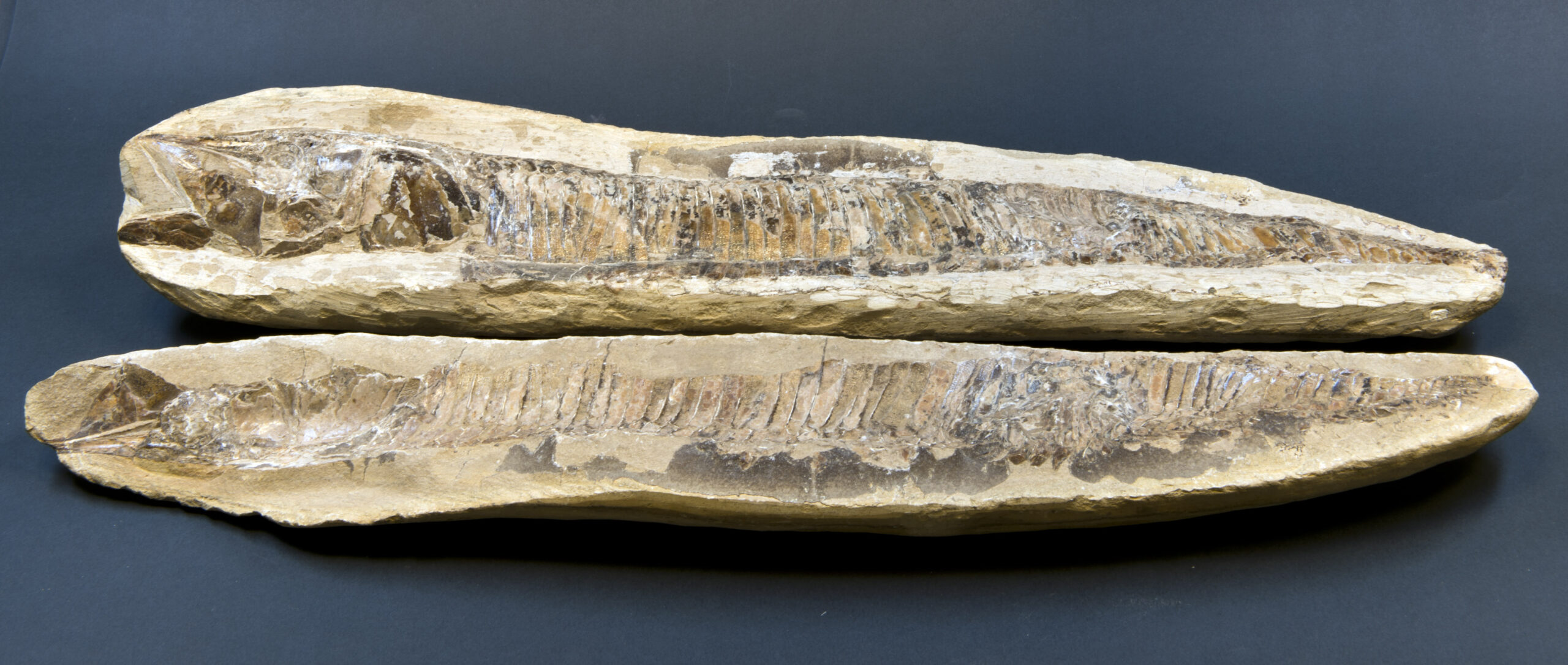
Brazil’s Santana Formation preserves life from ancient lagoons that existed 110 million years ago during the Cretaceous period. These deposits are famous for their three-dimensional preservation, with fossils often found as complete nodules that can be split open to reveal perfect specimens inside. The chemistry of these ancient waters created ideal conditions for rapid mineralization of organic remains.
Pterosaur fossils from Santana are among the best-preserved flying reptiles ever discovered, with wing membranes, crest structures, and even stomach contents intact. Fish fossils show such detail that scientists can study their scales, fin rays, and internal anatomy. The nodular preservation means that fossils retain their three-dimensional shape, unlike the flattened specimens found in most other locations.
Dinosaur National Monument: The River That Became a Graveyard
Utah’s Dinosaur National Monument preserves an ancient river channel that became a prehistoric graveyard about 149 million years ago. The Morrison Formation here contains one of the world’s most diverse dinosaur assemblages, with over 400 dinosaur fossils representing at least 10 different species discovered in a single quarry.
The famous “Wall of Bones” exposes a cross-section of this ancient river bend where dinosaur carcasses accumulated over thousands of years. Sauropods like Camarasaurus and Diplodocus, along with predators like Allosaurus, were buried by river sediments during flood events. The preservation allows scientists to study how these ancient ecosystems functioned and how different species interacted with each other.
Ediacara Hills: Earth’s First Complex Life
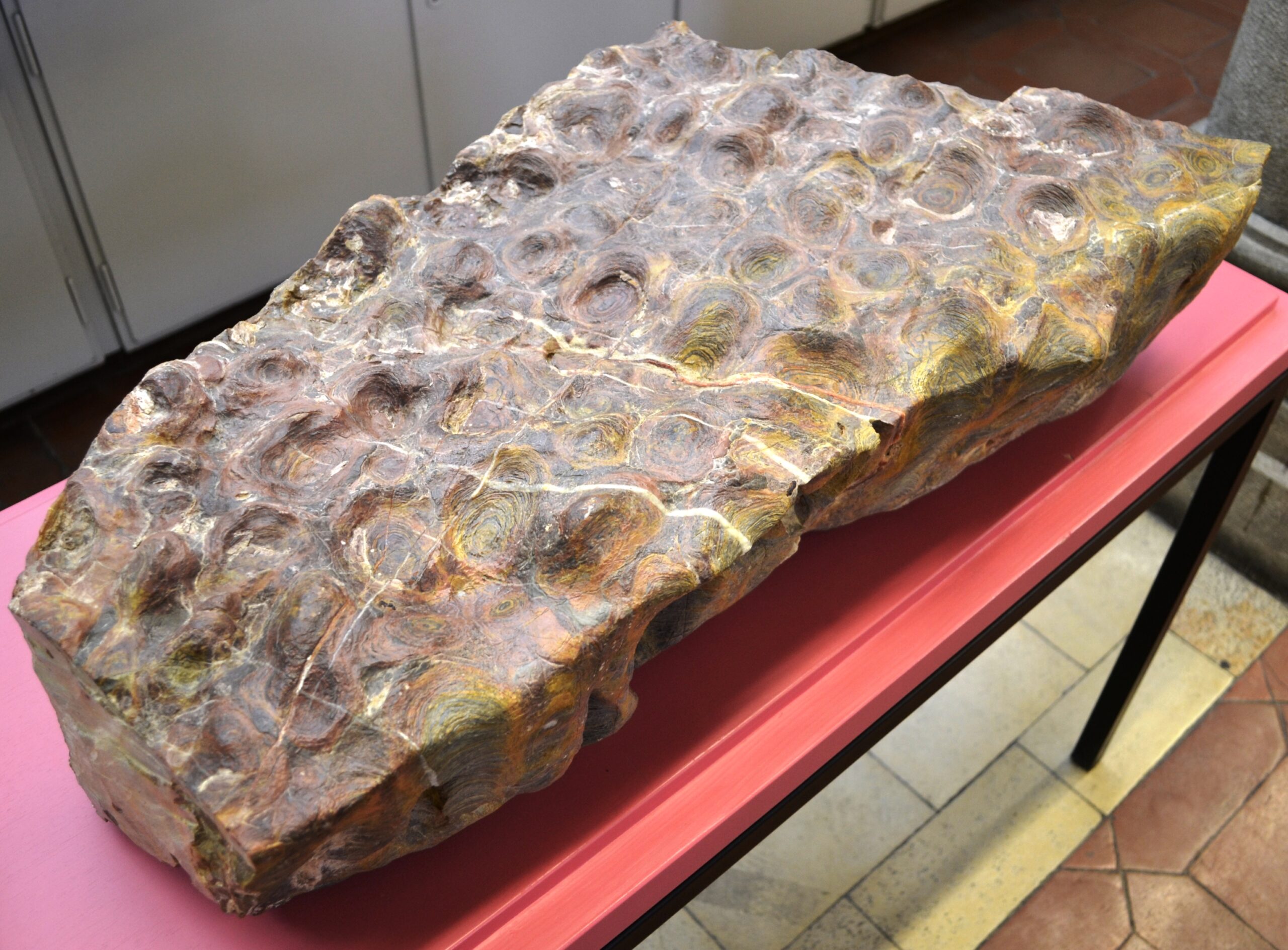
Australia’s Ediacara Hills contain some of Earth’s oldest complex multicellular life forms, preserved in ancient shallow marine environments from 635 to 541 million years ago. These fossils represent life before shells, teeth, or hard parts evolved, capturing soft-bodied organisms that lived in Earth’s earliest ecosystems.
Creatures like Dickinsonia, which could grow over three feet long, and the bizarre Spriggina, with its horseshoe-shaped head, represent evolutionary experiments that occurred before the Cambrian Explosion. The preservation occurred when these organisms were rapidly buried by sand in shallow seas, creating casts and molds that reveal their body plans. These fossils provide crucial evidence for understanding how complex life first evolved on our planet.
Yixian Formation: The Dinosaur Pompeii
China’s Yixian Formation, part of the larger Jehol Group, preserves what scientists call “dinosaur Pompeii” – creatures killed and buried by volcanic eruptions 125 million years ago. The rapid burial by volcanic ash created exceptional preservation conditions, capturing dinosaurs, early birds, and mammals in their death poses.
Psittacosaurus specimens found here include adults brooding over nests of juveniles, providing direct evidence of parental care in dinosaurs. The volcanic ash preserved not only bones but also skin, feathers, and internal organs. Some specimens even show evidence of the creatures’ final struggles, with limbs positioned as if they were trying to escape the deadly ash falls that entombed them forever.
La Brea Tar Pits: The Sticky Trap of Time
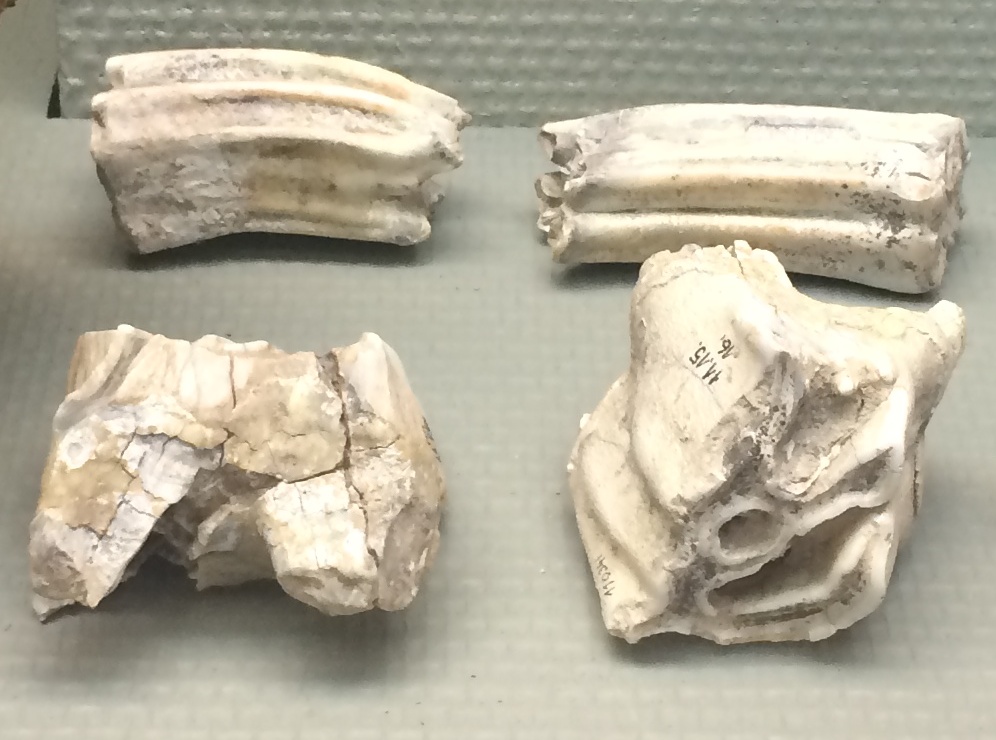
While not technically a riverbed or dry lake, the La Brea Tar Pits in Los Angeles represent a unique preservation environment where asphalt seeps trapped animals over tens of thousands of years. These natural tar pits acted like flypaper for Ice Age megafauna, creating one of the world’s richest fossil sites from the Pleistocene epoch.
Saber-toothed cats, dire wolves, and giant ground sloths became trapped in the sticky asphalt, their remains perfectly preserved for modern scientists to study. The site has yielded over one million specimens, including complete skeletons and even insects preserved in the tar. The preservation is so complete that scientists have extracted DNA from some specimens, providing insights into Ice Age genetics and ecology.
Conclusion: Windows Into Vanished Worlds
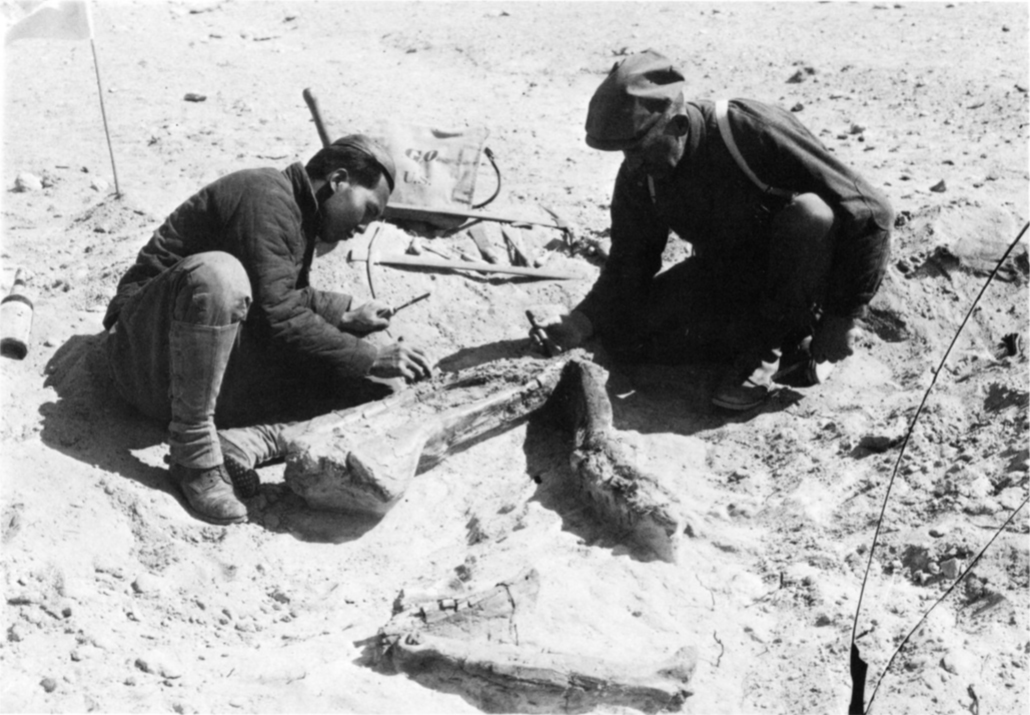
These incredible fossil sites demonstrate the power of ancient riverbeds and lake deposits to preserve life’s history with remarkable fidelity. From feathered dinosaurs in China to perfectly preserved fish in Germany, these geological time capsules continue to revolutionize our understanding of evolution and ancient ecosystems. Each discovery adds another piece to the puzzle of life’s incredible journey through deep time.
The next time you visit a natural history museum or read about a new fossil discovery, remember that many of these specimens emerged from the muddy depths of ancient waterways. These sites remind us that extraordinary discoveries often lie hidden beneath our feet, waiting for the right combination of geological processes and human curiosity to bring them back to light.
What secrets might still be buried in the sediments beneath your own hometown?

